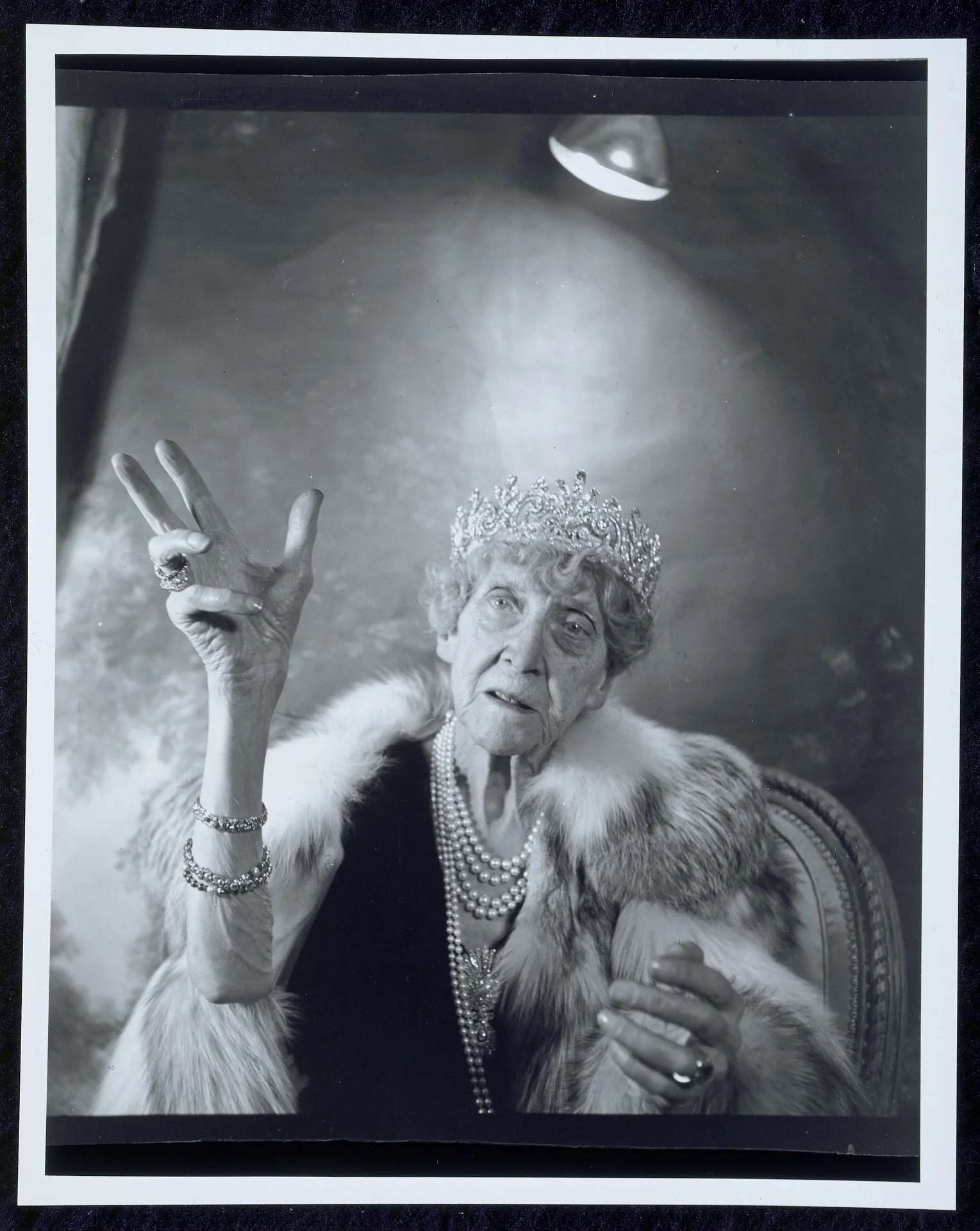Book Review: Bright Young Things by Cecil Beaton
Paula Gellibrand, Marquesa de Casa Maury against sequined curtains, Cecil Beaton, 1928 © The Cecil Beaton Studio Archive at Sotheby's
By James Hastur
The newest book of Cecil Beaton’s work, Bright Young Things, documents the artist’s early work and experience photographing the group of young aristocrats he had fallen in with, known as the “Bright Young Things” in great detail, interspersing with the artist’s own writings and diary entries into a detailed guide into his early career photographing in the 1920’s and 30’s.
The structure of the book highlights 66 individuals that Beaton had worked with throughout his early career and is filled with heavy text accompanying the photographs, introducing the subjects, and relaying stories of Beaton’s interaction with them. These different subjects which Beaton had photographed ranges from Beaton’s own sisters, his “long suffering guinea-pigs,” whom he loved to photograph throughout his early career, to noted individual members of the Bright Young Things and well known artists of the time such as the aesthete Stephen Tennant, the most notable among the groups’ members, the painter Edward le Bas, and the composer William Walton. Each of these different individuals are further broken up in the book into different chapters relative to their connection to Beaton and in what way he photographed them.
Cecil Beaton and Stephen Tennant, ‘Rivièra Wanderers’, Maurice Beck and Helen MacGregor, 1927 © reserved, National Portrait Gallery Collection, London
The images themselves that fill the pages of the book are filled with the theatrical extravagance and beauty that one would expect from Beaton’s photographs. Both his self portraits and portraits of the Bright Young Things show a whimsy of costumes and camp as Beaton photographs his subjects in fancy dress; each photograph displaying both a created character and revealing the unique forms of beauty which Beaton himself was attracted to. Beaton’s own sense for theatrics is further exemplified through contrasting his images of many of these different subjects with other artist’s depictions of them -- be that through painting or caricature.
This contrast of images as well as the accompanying texts immerses the reader into the world surrounding Beaton’s photographs and into his mind. We learn through the text what it was like to be a member of the Bright Young Things, attending decadent costume parties with Beaton and his gang, and through the images we truly become a part of his world.
Cecil Beaton, 1934 © The Cecil Beaton Studio Archive at Sotheby's
The book doesn’t shy away from discussing the controversies surrounding Beaton or seems overeager to romanticise him, as it specifically explains and notes his inclusion of an anti-semetic message placed in a 1938 double page of American Vogue. This condemnation and acknowledgement of Beaton’s flaws and mistakes serves as a perfect end to the book, showing the artist not just as an ideal artist, but an individual who made mistakes which had cost him his career and by the time the Second World War came around, his time photographing fashion and the Bright Young Things had come to an end.









